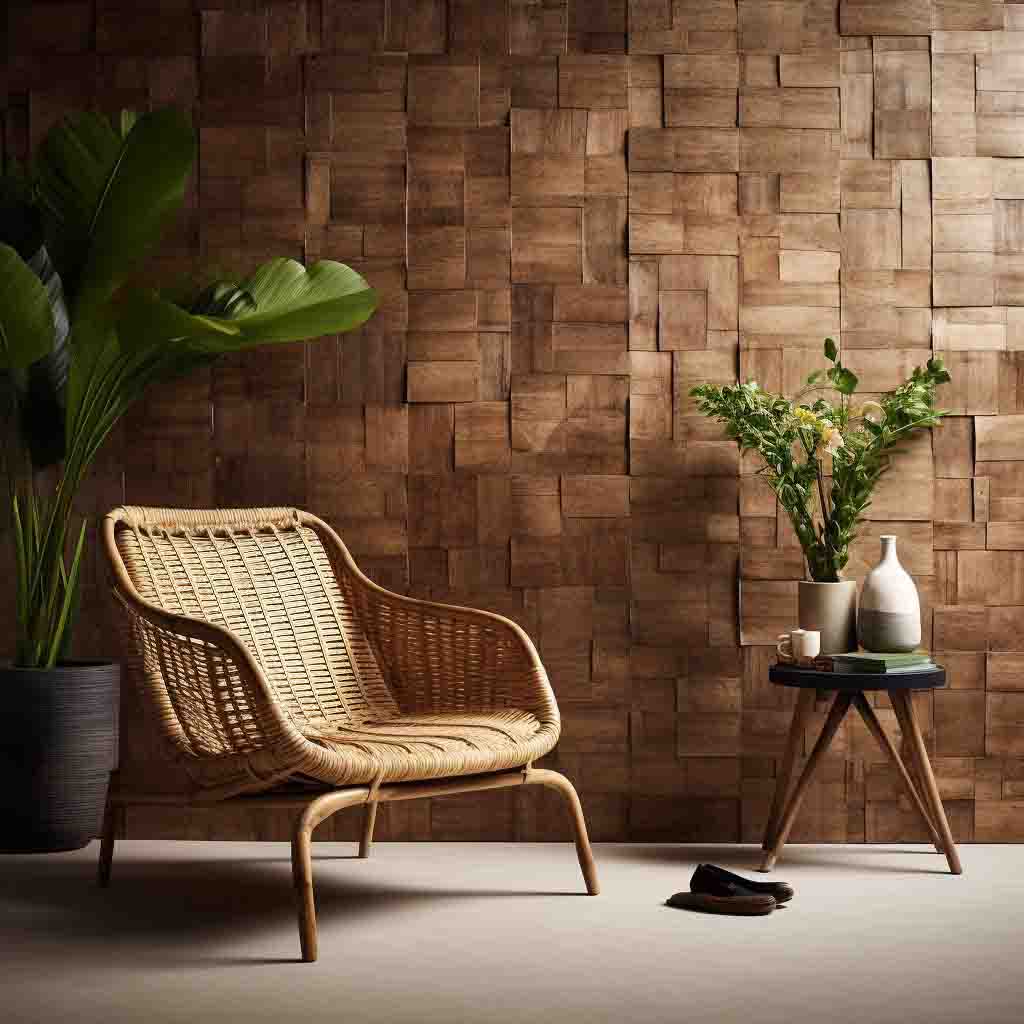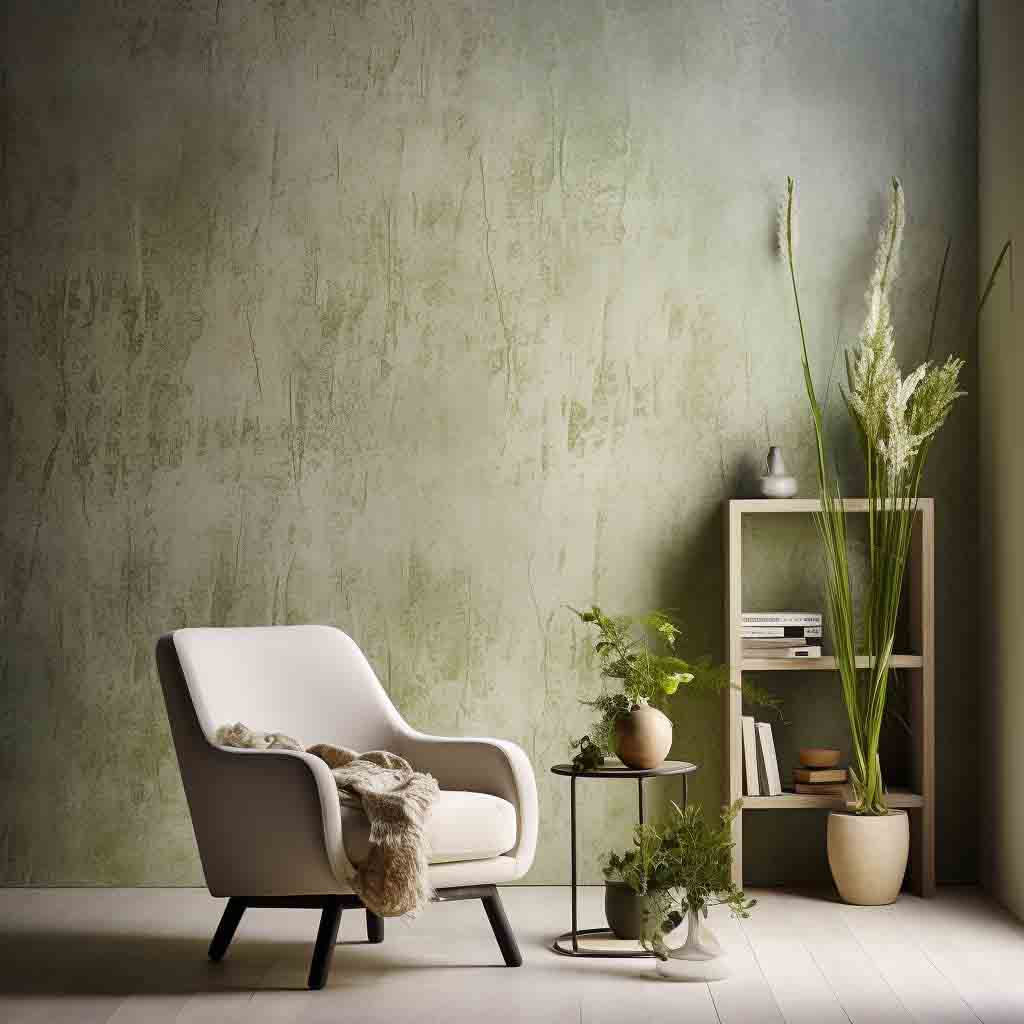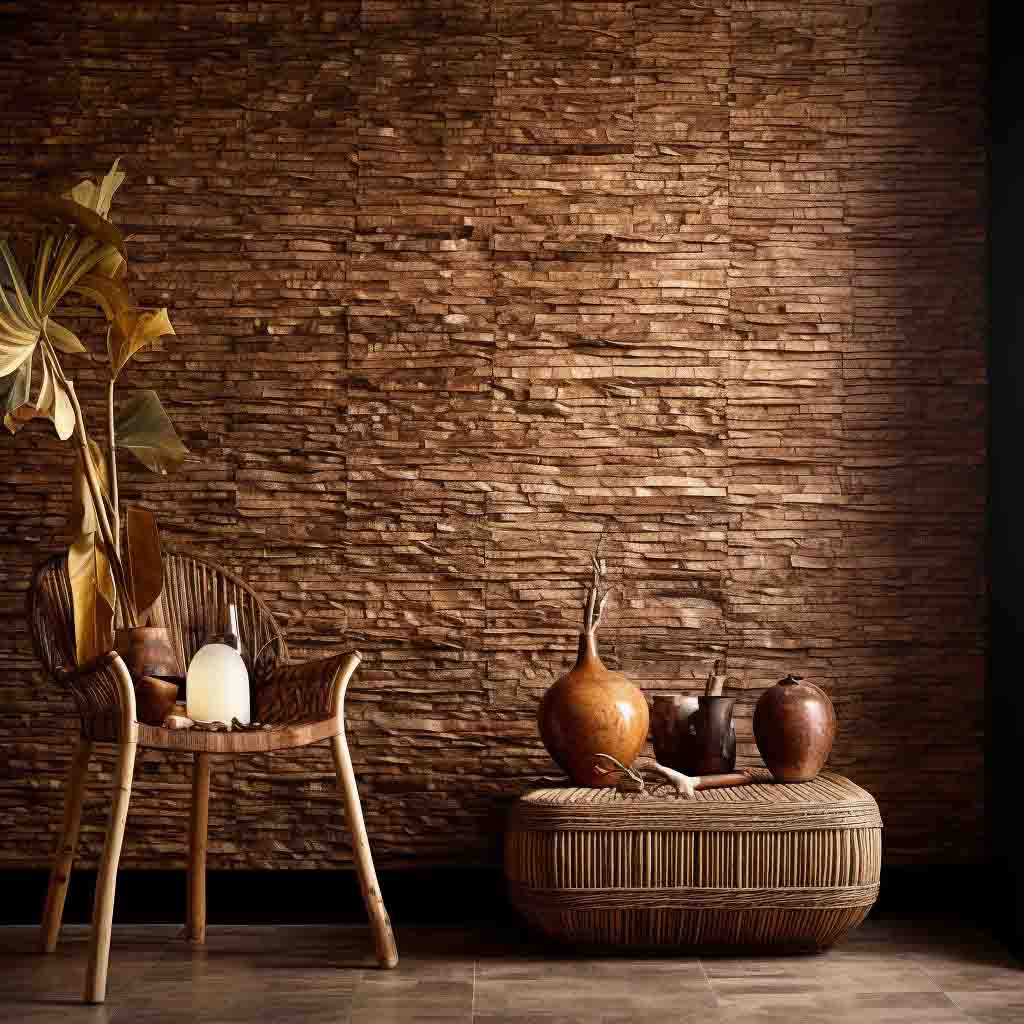Ecological wallpapers and decorative materials: how to choose health-friendly options
Creating a beautiful and healthy living environment in your home is a top priority for many people today. One crucial aspect of achieving this goal is selecting wall coverings and decorative materials that not only enhance the aesthetics of your space but also contribute to a sustainable and health-friendly atmosphere. In this article, titled “Ecological Wallpapers and Decorative Materials: How to Choose Health-Friendly Options,” we’ll explore the importance of making eco-conscious choices for your home and provide you with valuable tips on selecting the right materials.
Table of Contents
Toggle



1. Look for natural and sustainable materials
Start by looking for wallpapers and decorative materials made from natural and sustainable sources. Consider materials such as organic cotton, bamboo, hemp, or recycled paper. These eco-friendly materials are free from harmful chemicals and contribute to reducing the environmental impact.
2. Check for VOC-free products
Volatile Organic Compounds (VOCs) are harmful chemicals that can off-gas from certain wallpapers and materials, leading to indoor air pollution and potential health issues. Opt for VOC-free wallpapers and decorative materials to ensure better indoor air quality and a healthier living space.
3. Choose water-based inks and adhesives
Traditional wallpapers may contain solvent-based inks and adhesives, which can release toxic fumes. To prioritize health-friendly options, look for wallpapers with water-based inks and adhesives. These water-based alternatives are low in VOCs and reduce potential health risks.
4. Consider certifications and labels
Check for eco-certifications and labels that indicate the product’s environmental friendliness and safety. Look for certifications such as GreenGuard, Forest Stewardship Council (FSC), or EcoLogo, which ensure that the wallpapers and materials meet strict environmental and health standards.
5. Avoid PVC-based materials
Polyvinyl chloride (PVC) is a common material used in wallpapers, but it is not environmentally friendly. PVC can release toxic substances during its production and disposal. Opt for PVC-free wallpapers made from sustainable materials instead.
6. Read product reviews and recommendations
Before making a purchase, read product reviews and seek recommendations from eco-conscious sources. Online reviews and recommendations from green building organizations can provide valuable insights into the safety and eco-friendliness of different wallpapers and decorative materials.
7. Material and manufacturer
Our company works with various manufacturers and suppliers, among them Vasari, Firmolux, Stuccoitaliano, Biolime, Chalkdownlime, Masterofplaster, Texston, York, Farrow&ball, Brewster, Thibaut, Wallquest. After many years of experience, we can confidently say: that materials and experience are the two main keys to high-quality workmanship!
Explore our four main services and make the right decision to start cooperating with us. Choose professionals and get high-quality services. We are proud of the trust of our clients and appreciate mutually beneficial cooperation! Contact us and get to know our approach to each client!
Conclusion
Choosing eco-friendly wallpapers and decorative materials is a step towards creating a healthier and more sustainable living space. Look for natural and sustainable materials, products with low VOCs, water-based inks and adhesives, and reputable certifications to ensure your selections are safe for both your health and the environment. By making informed choices, you contribute to a greener future while enjoying a beautiful and health-friendly interior design.
-
How to evaluate a wallpaper installer's work
-
Rasch wallpaper: Benefits and features
-
Choosing the right wallpaper size for your space
-
Caution: Heat and peel and stick wallpaper!
-
Meeting your wallpaper installer: How to be prepared
-
Wallpaper for kitchen island
-
Paper wallpaper
-
Peel and stick wallpaper
-
Nursery wallpaper
-
Removable wallpaper
-
How to select wallpaper for every room
-
Bring your home to life with flower wallpaper
-
How to choose and use white wallpaper
-
Coastal & Nautical Wallpaper
-
Pink Wallpaper
-
Preppy Wallpaper
-
Wallpaper hanging
-
Wood veneer wallcovering
-
Wallpapered ceiling
-
Gucci wallpaper: luxury and style
-
Dark wallpaper is a trend in interior design
-
7 steps to perfect wallpaper
-
Wallpaper in small bathrooms
-
Wallpaper as the key to furniture's second life
-
Personalized wallpaper
-
Kitchen wallpaper
-
Wallpaper installation near me
-
Can you put wallpaper on textured walls
-
Wallpaper for all seasons: adapting to year-round style
-
Bathroom wallpaper: waterproof solutions
-
The art of reviving vintage wallpaper: nostalgic chic
-
Kids' room magic: creative wallpaper ideas for children
-
The Versatility of Metallic Wallpaper: Shimmer and Shine
-
Milton and King wallpaper elegance
-
Accent wall ideas
-
How to install vinyl wallpaper?
-
Ideas for dog rooms
-
Wallpaper installation: DIY or hire professionals?
-
Interior design of dining area
-
Wallpapers vs paint: Pros and Cons for Your Home
-
Best living room wallpaper: inspiration and style
-
The art of transforming spaces
-
Individualized design
-
The psychology of color
-
Tips for choosing lighting
-
Unveiling the world of 3D wall murals
-
Mastering wallpaper installation
-
Unveiling the World of Wallpaper
-
Selecting a contractor
-
American wallpaper manufacturers
-
The artistry of expertise
-
Architect's advice on wallpapers...
-
Secrets of choosing a color palette for wallpaper and decorative plaster
-
DIY wallpaper application: art and practice
-
Trends in wallpaper design
-
Designer tips for combining wallpapers
-
Wallpapers in commercial spaces
-
Wallpaper as a decorative element...
-
Using wallpaper to create a specific mood
-
The history of wallpaper: from the past to the present
-
The art of combining wallpapers and accessories
-
Choosing wallpaper colors and patterns for different rooms
-
Creating accent walls
-
Wallpapers and decorative plasters in modern minimalism
-
Eco wallpapers and decorative materials
-
Taking care of wallpapers and decorative plasters
-
Top designer trends
-
Choosing and selecting wallpapers:...
-
Wallpapers: elevate your interiors with style and elegance
-
The importance of properly preparing walls
-
Challenges of installing prepasted wallpaper
-
Challenges of installing grasscloth wallpaper
-
Problems with installing peel and stick wallpaper
-
Problems of installing vinyl wallpapers on textured walls
